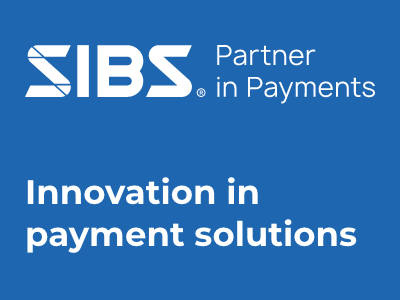The evolution of life-centricity in banking

The banking industry is shifting from a customer-first approach to a life-centric model. This will align financial services with modern life. This is the theme for 2025 edition of international conference Banking 4.0, probably the most relevant event in SEE focused on the emerging technologies impact on the future of finance and banking.
FintechOS CEO and co-founder Teo Blidarus recently wrote an article about this essential transition in banking from just being product providers to lifelong financial partners, supporting customers in key life events. We reproduce it in full below.
Financial institutions usually focus on products and risk management over complete customer engagement. Banks have focused on pushing loans, mortgages and credit cards. This is different from addressing broader financial health. This approach has been effective in traditional banking. These include standardised mortgage lending for today’s consumers while businesses demand more personalised services.
Life-centricity changes the focus from isolated financial transactions to a more complete approach, supporting customers through key life events. These include buying a home, planning for retirement or starting a business. Integrating financial solutions into these moments means institutions can offer evolving support. A big change compared to generic products.
Challenges in adoption
Changing to a life-centric banking model comes with challenges. Managing sensitive customer data responsibly is important for maintaining trust. Banks must introduce robust cybersecurity measures to protect user information and regulations. The General Data Protection Regulation (GDPR) sets stringent data-handling standards. These rules require banks to adopt transparent data policies.
Many banks operate on outdated systems. This does not support modern digital solutions. Also, upgrades can be costly. This has led some institutions partnering with fintech firms to implement cloud-based solutions. The hope is that this will enhance flexibility and scalability.
Alongside infrastructure challenges, banks must adapt to evolving rules. These include Basel III for banking stability and the Sustainable Finance Disclosure Regulation (SFDR) for ESG transparency. High scrutiny of AI and automation in decision-making requires strong frameworks.
Key initiatives
Customised financial planning is an important part of life-centric banking. AI-driven advisory tools can help customers set financial goals. It also helps them receive customised recommendations. This includes savings, investments and credit options. The Bank of America’s Erica is an example of an AI-powered financial assistant. It provides insights and helps with making informed decisions. This can help people with savings, investments and credit management. Banks are also involving machine learning in wealth management services. This enables more adaptive and intelligent financial planning.
Integrated banking ecosystems are making customer experiences simpler. This is being done by consolidating multiple financial services into a single interface. Super apps such as WeChat Pay and Revolut offer a wide range of services. These involve everything from payments and lending to wealth management and currency exchange. This lowers friction and enhances financial access. Established banks are now forming partnerships with fintech companies, entrenching financial services with everyday interactions. The result is making financial management a constant part of life.
Financial inclusion initiatives are expanding access to banking for underserved populations. Banks use many systems, including digital banking, microfinance programmes and mobile payments. As a result, they are reaching customers in low-income areas. Kenya’s M-PESA has had a huge impact through this.
Real-time customer engagement is improving through AI-powered chatbots and virtual assistants. This ensures 24/7 financial support. Wells Fargo’s ‘Fargo’ chatbot uses AI to provide personalised financial insights. Customers can, therefore, track spending, manage budgets and receive fraud alerts in real-time. Banks like Barclays are using voice recognition to make banking interactions easier.
Ethical and sustainable banking initiatives, such as Triodos Bank, are also gaining momentum. The bank is focusing on environmentally and socially responsible investments. Major banks are also incorporating ESG-focused options within their lending and investment offers. Green financing, sustainable credit cards and climate-conscious banking products are being introduced to support demand for responsible finance.
Delivering essential financial solutions throughout customers’ lives allows banks to differentiate themselves. Financial providers must transition from being product suppliers to lifelong financial partners. This will ensure they offer all consumers the right solutions at the correct time.
Dariusz Mazurkiewicz – CEO at BLIK Polish Payment Standard
Banking 4.0 – „how was the experience for you”
„To be honest I think that Sinaia, your conference, is much better then Davos.”
Many more interesting quotes in the video below:











